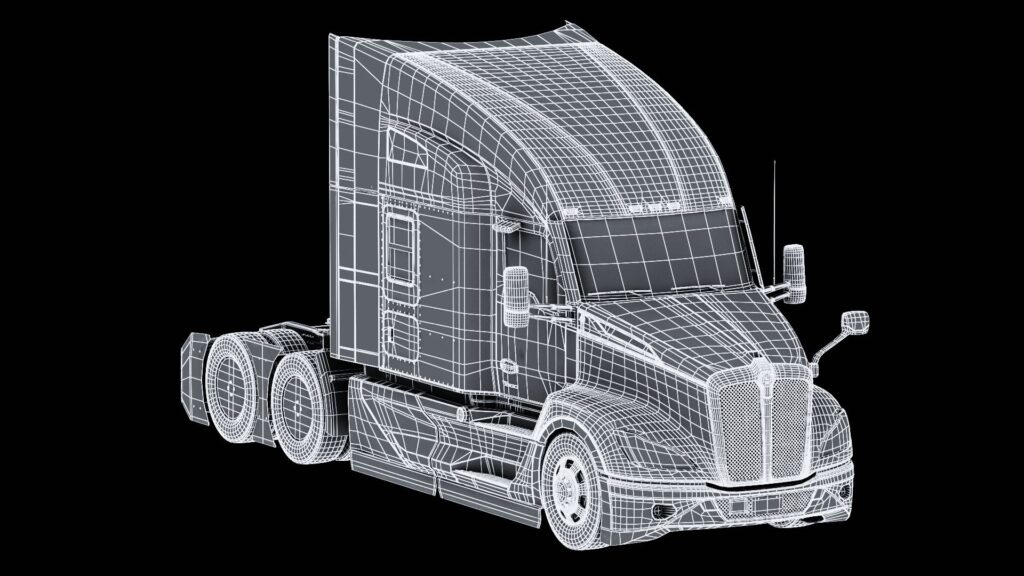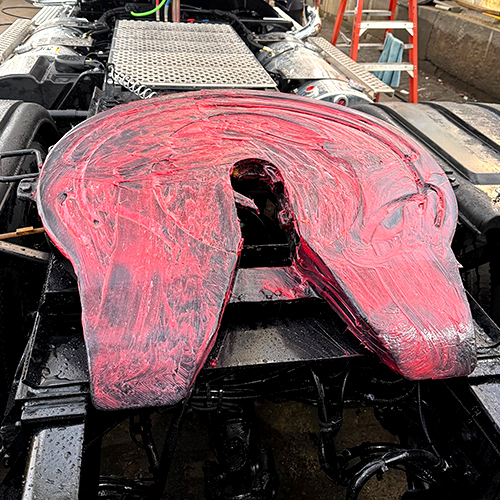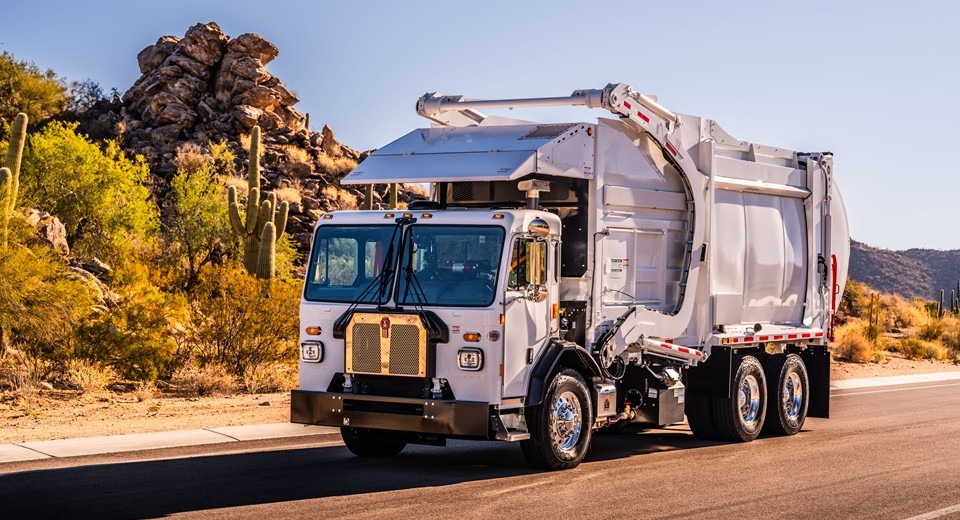Financing a Truck with Bad or No Credit
At Coopersburg & Liberty Kenworth, we offer credit-based financing on all of our trucks for sale. No matter the make, model, or year, any type of commercial truck can be costly. So much so that few people can afford to buy them with cash outright.

Where it can get tricky is when people come in to make a purchase, but their credit is… not so good. If you don’t have the money to purchase a truck in full or the credit to secure a commercial vehicle loan, we have a few tips on how to finance with less-than-perfect credit.
Financing with Poor Credit
First-Time Buyers or Borrowers
If you’re a first-time buyer, borrower, or have little credit history, start with building credit. You can build with anything that contributes positively to your credit score, such as credit cards, loans, and mortgages. If you don’t have a credit card, consider getting one for the sole purpose of building credit. Making small purchases and paying the balance in full each month will help to build your credit history. If you already have credit accounts, use them responsibly by keeping balances low and making on-time payments. Paying your bills on time is crucial. Late payments can severely damage your credit. This can be a gradual process, so stay consistent and you will see progress.
Clean Up Your Credit
Start by getting a free copy of your credit report. Look for any inaccuracies, such as incorrect account balances, accounts that aren’t yours, duplicate entries, as well as any errors that can be resolved quickly by the credit bureau. Avoid applying for too much new credit in a short period. Each application results in a hard inquiry, which can lower your score.
Reduce Debt
Focus on paying off credit cards and loans. Start with the highest interest rates or smallest balances. Paying off debts with the highest interest rates saves you money in the long run, since you will lower the accrued interest. Paying off the smallest balances minimize the total interest paid over time. The longer you carry loans, the more you’ll owe. While reducing payments and debts, it is important to try and avoid accumulating new balances.
Consider Collateral
Collateral is an asset that a borrower offers to a lender to secure a loan. It is a form of protection for the lender in case the borrower defaults on the loan. Typically, the lender requires the truck to be used as collateral when taking out a loan to purchase that truck. This means that if you fail to make your loan payments, the lender has the right to repossess it.
Take Advantage of Trade-Ins
Another option to reduce the overall amount of the loan is by trading in a vehicle. At Coopersburg & Liberty Kenworth, we’re happy to accept nearly any running, street-legal truck as a trade-in. It doesn’t have to be a Kenworth! We offer a wide selection of used trucks from various brands. Contact us or fill out our Trade-In form for more details.
Talk to an Expert
Our Financing Department is experienced in helping you find the perfect truck that fits your budget. Whether you’re a first-time buyer or looking to upgrade your fleet, we understand that financing is crucial in the decision-making process.
There’s no better source for financing advice than our Finance Manager, who is dedicated to working with all of our customers to explore all available options tailored to each individual’s needs. We offer a variety of financing solutions to ensure you get the most affordable deal possible. Plus, our team can assist you with credit challenges to help you navigate the process. Contact us or fill out our Financing Form to explore our financing options.
Get the Latest Trucking News, Tips & More
"*" indicates required fields





